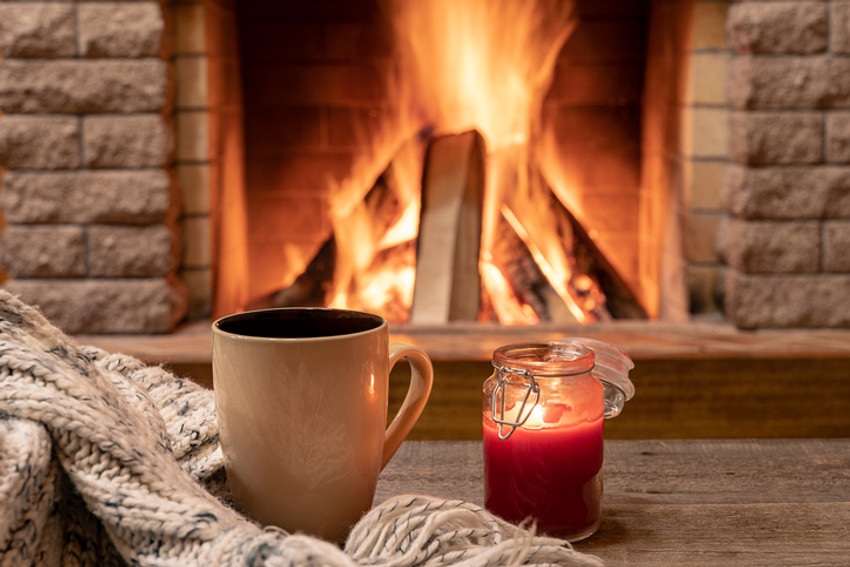Winter is a season that brings a number of challenges to the home. Heating systems must be switched on, duvets swapped for thicker alternatives, and wardrobes reorganised to bring thick knits to the front. This winter, however, is slightly more problematic, however, with rising energy costs prompting homeowners to take measures that are somewhat more drastic than simply introducing thicker fabrics to the interior design.
Now, the winter season is one that requires a degree of more serious navigation. Homeowners must consider their property’s insulation and architecture, as well as its heating systems, so as to ensure that it not only remains warm through a cold period but that it also remains affordable to do so. Thankfully, alongside these more costly and time-consuming renovations, there are a number of other changes that can be made that will allow your home to stay warm, even as the temperature outside drops.
Rearrange
While your heating systems may run on renewables or be low-cost to operate, they may not be running efficiently or effectively. The design of a living space, such as the arrangement of furniture or the drape of curtains, can very easily compromise the heat produced by radiators. Poor arrangements can also prompt warmth to escape more easily.
So, before you begin to fit your radiators or turn up the heat even higher, be sure to consider your room layout and interior design. It can take only the shifting of a sofa or the refitting of a curtain set to dramatically change the temperature of a room.
Divide Spaces
Open-plan living spaces, while fashionable for quite some time, have recently become less popular due to the challenges they have with regards to heating. Divided rooms have less of an issue and allow residents to comfortably and affordably heat the space they are using without worrying about large, unoccupied areas too.
Divided living spaces come in many forms, with some choosing to simply split open plan spaces with free-standing dividers while others create log cabins and similar outbuildings to have an enclosed and comfortable living space that can easily be heated during the winter period.
Exclude Draughts
Even small amounts of cold air can compromise the internal temperature of a living space, which is why draughts pose such a significant problem for households. Be sure to check both windows and doors for any escaping air with a simple plastic wrap test. This will reveal any amount of air that is managing to enter your home.
If there are any cracks that appear in walls, especially those that occur near the frame of windows and doors, it is crucial that they are sealed accordingly. In addition to potentially letting in air, they can also worsen over time if neglected.
Insulate Pipes
Insulating a home is, of course, important, which is why every homeowner should be conscious of their walls and windows. However, pipes also benefit from insulation too, not only helping to keep central heating systems running effectively but also ensuring that pipes do not freeze, and ultimately burst, during especially cold days.


